
Filter News
Area of Research
- Biology and Environment (25)
- Computational Biology (1)
- Computational Engineering (1)
- Computer Science (3)
- Energy Science (43)
- Fusion and Fission (17)
- Fusion Energy (3)
- Isotopes (1)
- Materials (31)
- Materials for Computing (6)
- Mathematics (1)
- National Security (8)
- Neutron Science (10)
- Nuclear Science and Technology (1)
- Quantum information Science (3)
- Supercomputing (37)
News Topics
- (-) Advanced Reactors (5)
- (-) Artificial Intelligence (34)
- (-) Energy Storage (43)
- (-) Fusion (18)
- (-) Microscopy (18)
- (-) Physics (19)
- (-) Quantum Science (21)
- (-) Security (6)
- 3-D Printing/Advanced Manufacturing (47)
- Big Data (17)
- Bioenergy (37)
- Biology (54)
- Biomedical (17)
- Biotechnology (11)
- Buildings (27)
- Chemical Sciences (31)
- Clean Water (13)
- Composites (13)
- Computer Science (59)
- Coronavirus (14)
- Critical Materials (10)
- Cybersecurity (16)
- Education (3)
- Emergency (1)
- Environment (86)
- Exascale Computing (18)
- Fossil Energy (2)
- Frontier (23)
- Grid (26)
- High-Performance Computing (52)
- Hydropower (3)
- Irradiation (2)
- Isotopes (23)
- ITER (4)
- Machine Learning (16)
- Materials (91)
- Materials Science (40)
- Mathematics (3)
- Mercury (6)
- Microelectronics (2)
- Molten Salt (1)
- Nanotechnology (17)
- National Security (28)
- Neutron Science (55)
- Nuclear Energy (27)
- Partnerships (24)
- Polymers (9)
- Quantum Computing (17)
- Simulation (29)
- Software (1)
- Space Exploration (8)
- Statistics (1)
- Summit (18)
- Transportation (41)
Media Contacts
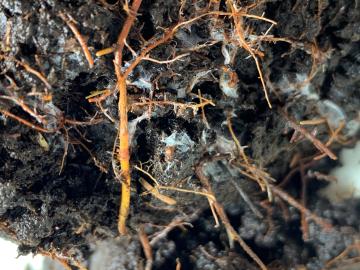
New data hosted by Oak Ridge National Laboratory is helping scientists around the world understand the secret lives of plant roots as well as their impact on the global carbon cycle and climate change.
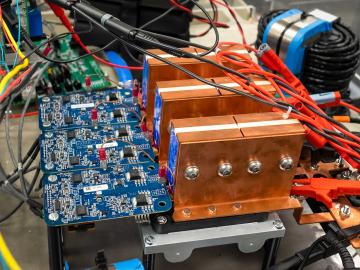
ORNL has licensed its wireless charging technology for electric vehicles to Brooklyn-based HEVO. The system provides the world’s highest power levels in the smallest package and could one day enable electric vehicles to be charged as they are driven at highway speeds.

Researchers at ORNL have developed a robotic disassembly system for spent electric vehicle battery packs to safely and efficiently recycle and reuse critical materials while reducing toxic waste.
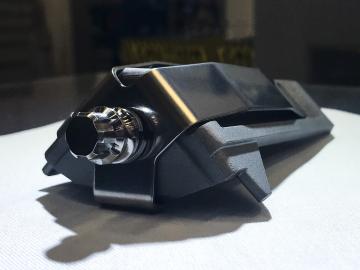
Four first-of-a-kind 3D-printed fuel assembly brackets, produced at the Department of Energy’s Manufacturing Demonstration Facility at Oak Ridge National Laboratory, have been installed and are now under routine operating

Joseph Pickel has been elected a 2021 fellow of the American Chemical Society, or ACS. Pickel supports the Fusion and Fission Energy and Sciences Directorate as environment, safety and health

To minimize potential damage from underground oil and gas leaks, Oak Ridge National Laboratory is co-developing a quantum sensing system to detect pipeline leaks more quickly.
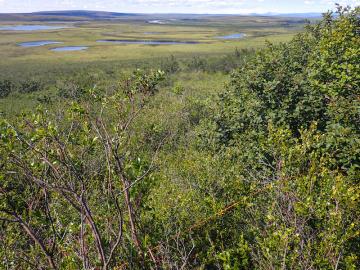
Scientists at Oak Ridge National Laboratory added new plant data to a computer model that simulates Arctic ecosystems, enabling it to better predict how vegetation in rapidly warming northern environments may respond to climate change.
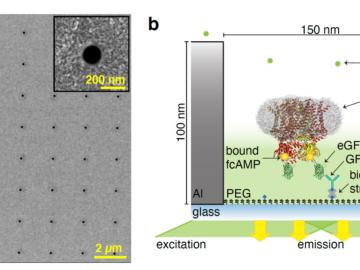
Researchers working with Oak Ridge National Laboratory developed a new method to observe how proteins, at the single-molecule level, bind with other molecules and more accurately pinpoint certain molecular behavior in complex

Equipment and expertise from Oak Ridge National Laboratory will allow scientists studying fusion energy and technologies to acquire crucial data during landmark fusion experiments in Europe.
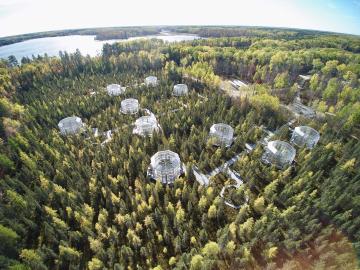
Scientists studying a unique whole-ecosystem warming experiment in the Minnesota peatlands found that microorganisms are increasing methane production faster than carbon dioxide production.


